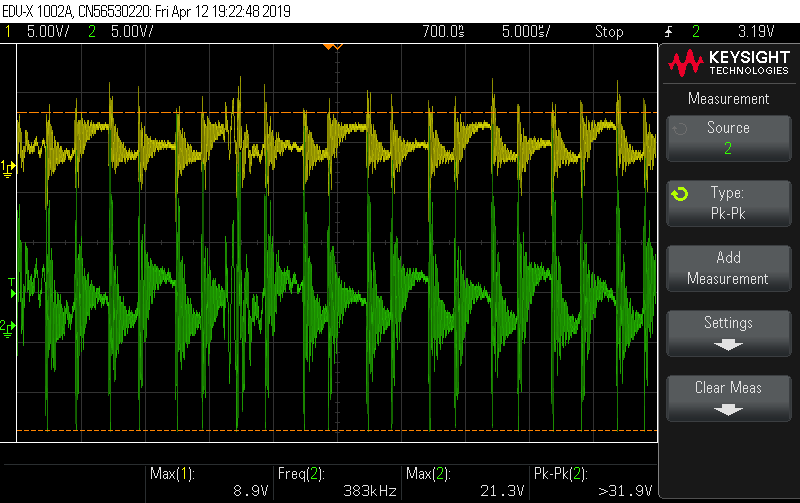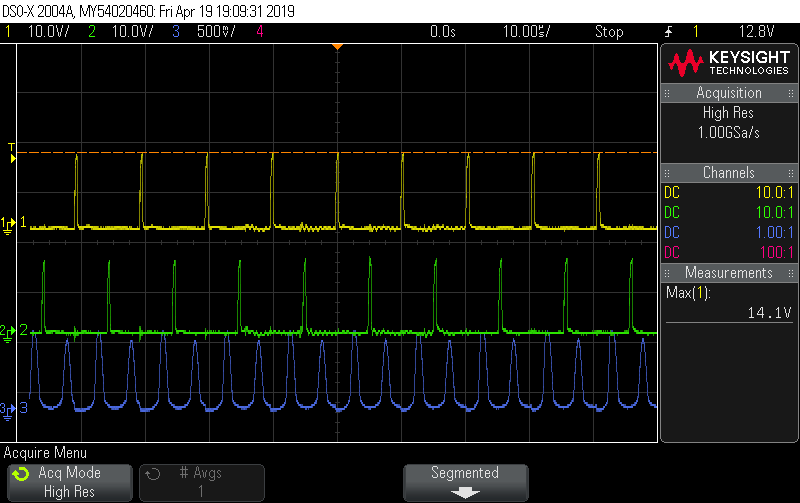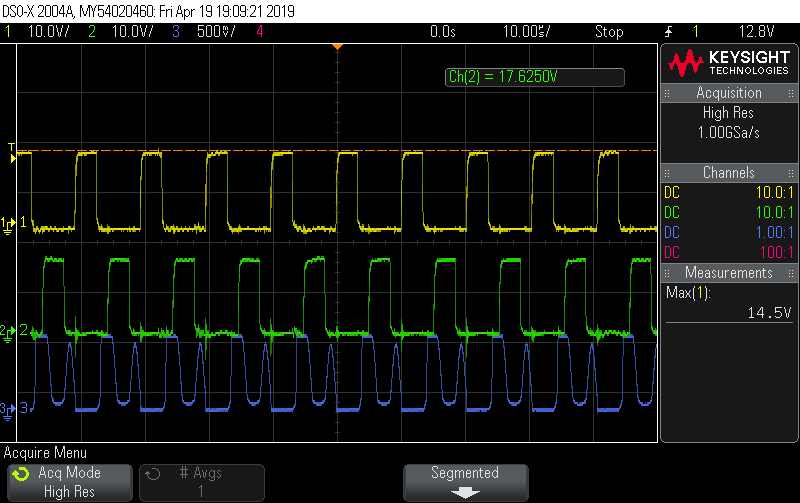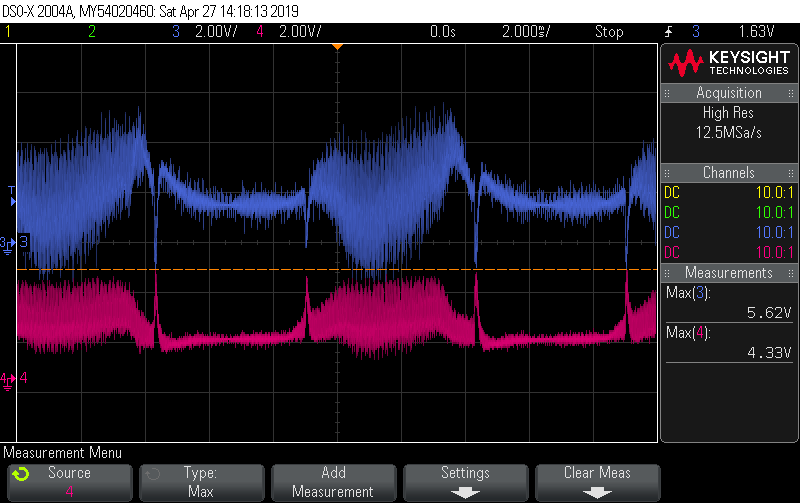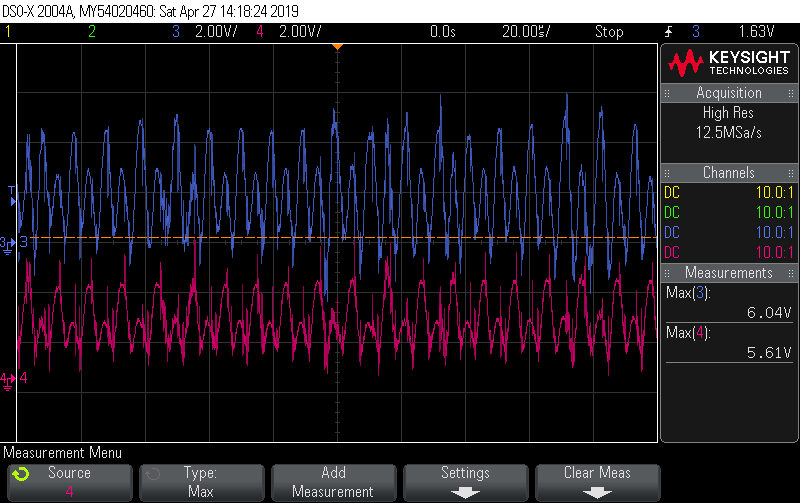Other Parts Discussed in Thread: UCC28070, OPA172
Tool/software: WEBENCH® Design Tools
Dear Sir/ Madam,
I have replaced CT with current sense resistor. I am getting a poor power factor(0.89).
Vinac:230
Vout:380 dc
o/p Current:5.8A
i have attched my schematic.i am having trouble with calculation of CAOx and VAO networks.6864.SCHEMATIC1 PAGE1.pdf


